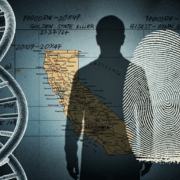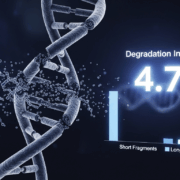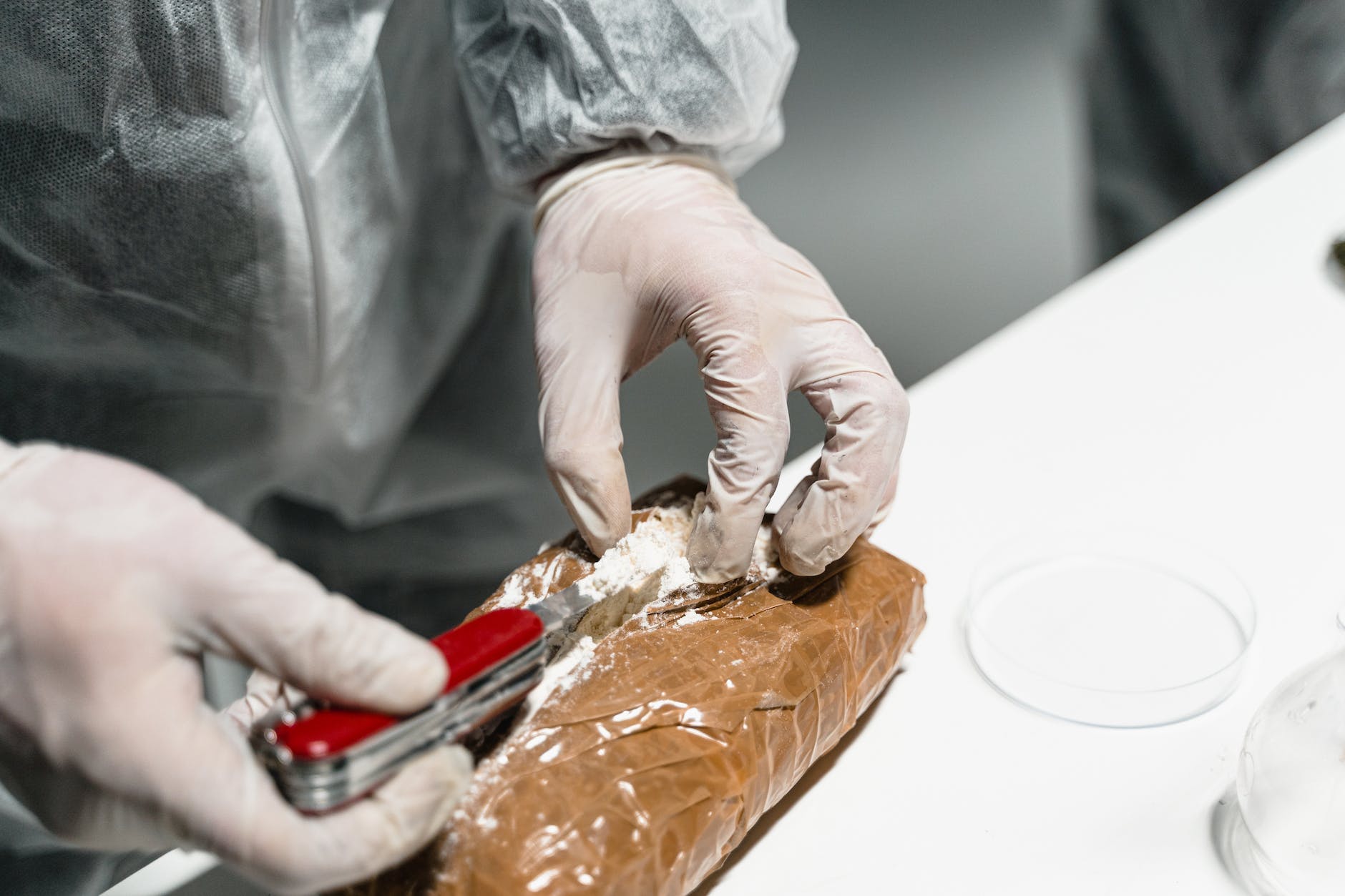In forensic anthropology, the search for the best source of DNA DNA, or Deoxyribonucleic Acid, is the genetic material found in cells, composed of a double helix structure. It serves as the genetic blueprint for all living organisms. Read Full Definition from human remains has long been guided by a simple principle: denser bones preserve DNA better. For decades, this has meant that the femur, tibia, and healthy teeth were the go-to samples for genetic identification. But what if this conventional wisdom is being challenged by new research? A comprehensive review paper published in Genes synthesizes a growing body of evidence
DNA, or Deoxyribonucleic Acid, is the genetic material found in cells, composed of a double helix structure. It serves as the genetic blueprint for all living organisms. Read Full Definition from human remains has long been guided by a simple principle: denser bones preserve DNA better. For decades, this has meant that the femur, tibia, and healthy teeth were the go-to samples for genetic identification. But what if this conventional wisdom is being challenged by new research? A comprehensive review paper published in Genes synthesizes a growing body of evidence Evidence is any form of proof, such as objects, materials, or scientific findings, presented to establish or disprove a fact in a legal proceeding. It is used to reconstruct events and link or exclude individuals Read Full Definition suggesting that this long-held recommendation may not be the most effective strategy. This new work highlights that smaller, more porous bones and the petrous part of the temporal bone often yield the highest DNA quantities, offering a new, more efficient roadmap for human molecular genetic identification.
Evidence is any form of proof, such as objects, materials, or scientific findings, presented to establish or disprove a fact in a legal proceeding. It is used to reconstruct events and link or exclude individuals Read Full Definition suggesting that this long-held recommendation may not be the most effective strategy. This new work highlights that smaller, more porous bones and the petrous part of the temporal bone often yield the highest DNA quantities, offering a new, more efficient roadmap for human molecular genetic identification.
- The Challenge of DNA in Skeletal Remains
- The Research: A New Look at Bone Sampling Strategies
- Methodology: A Synthesis of Modern and Historical Studies
- Key Findings: The Shift from Long Bones to Small Bones
- Rethinking the Best Practices in Forensic Genetics
- The DNA’s “Hiding Place”
- The Practical and Ethical Trade-offs
- My Perspective: The Broader Context of Degraded DNA
- Conclusion
The Challenge of DNA in Skeletal Remains
Bones and teeth are the most durable forms of forensic evidence, capable of retaining genetic material for individual identification over long periods. However, aged or poorly preserved remains pose a significant challenge. The DNA is often present in very low quantities, is highly degraded, and can be contaminated with environmental DNA or bacterial DNA. Furthermore, the DNA is tightly bound to the bone’s mineral matrix, requiring a demineralization process to achieve an optimal yield. These challenges make the selection of the right bone for sampling a critical decision that can determine the success or failure of a DNA profile.
Traditionally, guidelines for disaster victim identification (DVI) and forensic cases have prioritized long, dense, weight-bearing bones, such as the femur and tibia, along with healthy teeth. This was based on the assumption that dense cortical bone offered the most protection against environmental degradation.
The Research: A New Look at Bone Sampling Strategies
This review paper systematically evaluates past and recent studies to create a new set of recommendations for selecting the most appropriate bones for DNA extraction.
Methodology: A Synthesis of Modern and Historical Studies
The authors conducted an extensive review of research, focusing on studies that evaluated interskeletal (between different bones) and intraskeletal (within the same bone) variability in DNA yield. This included large-scale studies on historical remains from Second World War mass graves and victims of the World Trade Center disaster, as well as controlled studies on modern human skeletons. This approach allowed the researchers to compare traditional protocols with recent findings and identify a new, more effective sampling strategy.
Key Findings: The Shift from Long Bones to Small Bones
The review highlights a growing scientific consensus that challenges the traditional emphasis on long bones:
- Porous Bones Outperform Dense Bones: Contrary to prior assumptions, recent controlled studies have consistently shown that trabecular (cancellous) bone—which is more porous and found in small bones of the hands and feet—preserves significantly more DNA than dense cortical bone, regardless of the postmortem interval (PMI).
- The Petrous Bone is a Gold Standard: The petrous part of the temporal bone, located deep within the skull, is consistently identified as a superior source of DNA. Its exceptional density and limited remodeling make it highly resistant to degradation, yielding up to 16 times more DNA than teeth, even in severely burned remains.
- Small Bones Are Highly Effective: Studies on World Trade Center disaster victims and Second World War skeletons found that small bones like foot phalanges, patellae, metacarpals, and metatarsals yielded the highest DNA quantities. They were even found to outperform femurs and tibias in DNA yield.
- Intraskeletal Variability: The study also confirmed that within a single bone, DNA yield varies significantly. For bones like the femur and tibia, the ends (epiphyses) contain more DNA than the midshafts (diaphyses) because they are rich in trabecular bone.
These findings suggest a shift away from a “one-size-fits-all” approach to a more nuanced strategy that prioritizes the best-performing skeletal elements.
Rethinking the Best Practices in Forensic Genetics
This review paper is a pivotal moment for forensic genetics, as it provides the necessary evidence to update forensic sampling protocols. It doesn’t just present new data Information in analog or digital form that can be transmitted or processed. Read Full Definition; it synthesizes years of research to build a new, scientifically robust consensus.
Information in analog or digital form that can be transmitted or processed. Read Full Definition; it synthesizes years of research to build a new, scientifically robust consensus.
The DNA’s “Hiding Place”
The research provides a compelling reason for why the traditional approach was flawed. Instead of protecting DNA from degradation, the dense mineral matrix of cortical bone makes DNA harder to extract. The porous, trabecular structure of cancellous bone, on the other hand, protects residual soft tissues like bone marrow from rapid decay, which are the primary sources of DNA. This is essentially the DNA’s “hiding place” within the bone, and knowing where to look is half the battle.
The Practical and Ethical Trade-offs
The study also effectively addresses the practical and ethical trade-offs associated with this new approach. While the petrous bone is a valuable source of DNA, sampling it is highly invasive and destructive, especially in fragile archaeological remains. Small bones of the hands and feet are easy to sample and process, but they are also fragile and more easily lost at a crime scene or mass grave, especially in long PMIThe post-mortem interval (PMI) is the time that has elapsed since an individual's death. When the time of death is not known, the interval may be estimated, and so an estimated time of death is established. Read Full Definition scenarios. Therefore, the recommended approach is a multi-sample strategy that prioritizes the best available bone type based on the condition of the remains.
My Perspective: The Broader Context of Degraded DNA
This review is deeply relevant to my own area of interest, specifically mtDNA sequencing from bone samples. My work often involves analyzing highly degraded samples, where both DNA degradation and contaminationContamination - The unwanted transfer of material from another source to a piece of physical evidence. The inadvertent touching of a weapon, thereby adding fingerprints to it is an example of evidence contamination. Read Full Definition pose significant challenges. This paper reinforces a core principle: the more we understand the physical and chemical “story” of a piece of evidence, the better equipped we are to extract a reliable genetic profile from it. This research is a fantastic example of a scientific field correcting its course, moving away from outdated assumptions and towards a more nuanced, data-driven approach that will ultimately lead to more successful identifications in forensic investigations.
Conclusion
This comprehensive review paper marks a significant shift in the field of forensic anthropologyForensic anthropology is a special sub-field of physical anthropology (the study of human remains) that involves applying skeletal analysis and techniques in archaeology to solving criminal cases. Read Full Definition and genetic identification. It confirms that a growing body of evidence challenges the traditional prioritization of long, dense bones for DNA analysis, advocating instead for small, cancellous bones like the metacarpals and metatarsals, as well as the petrous part of the temporal bone. These bones, with their unique microstructures, are more effective at preserving DNA, even in highly degraded remains. The findings provide a new roadmap for forensic practitioners. They are essential for improving the efficiency and success of human identification efforts in disaster victim identification and other challenging forensic cases.
Original Research Paper
Inkret, J., & Zupanič Pajnič, I. (2025). Bone Type Selection for Human Molecular Genetic Identification of Skeletal Remains. Genes Genes are DNA segments (or RNA in some viruses) that dictate cellular processes, traits, and hereditary information, promoting genetic diversity and evolution in living organisms. Read Full Definition, 16(8), 872. https://doi.org/10.3390/genes16080872
Genes are DNA segments (or RNA in some viruses) that dictate cellular processes, traits, and hereditary information, promoting genetic diversity and evolution in living organisms. Read Full Definition, 16(8), 872. https://doi.org/10.3390/genes16080872











